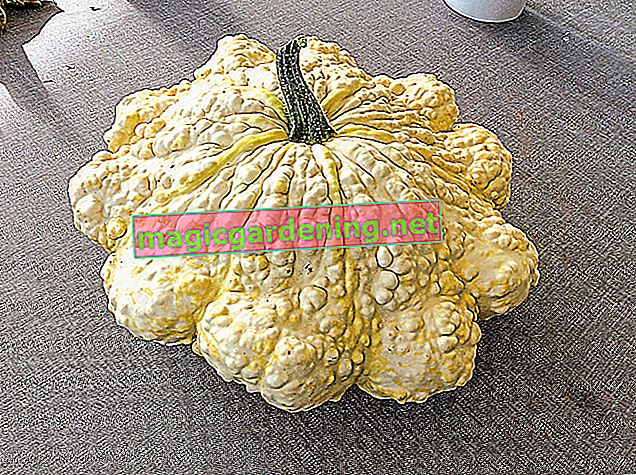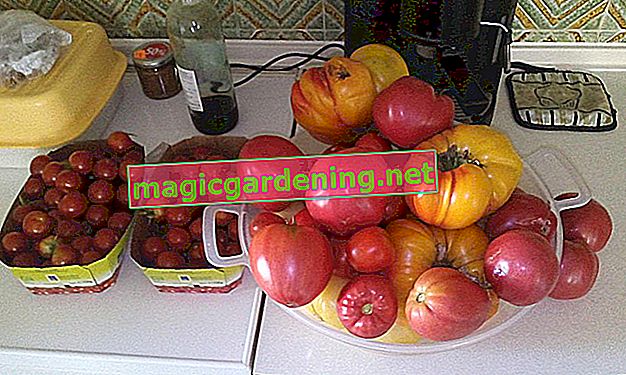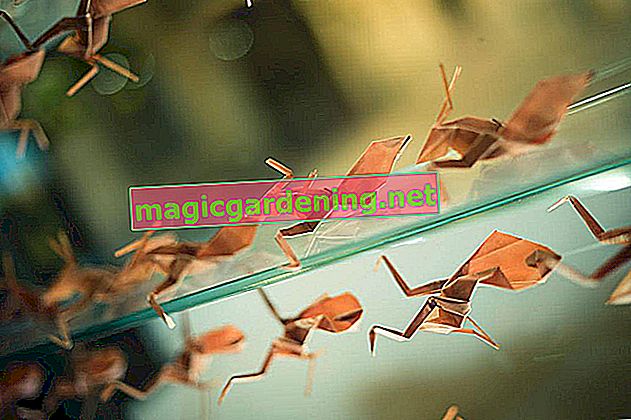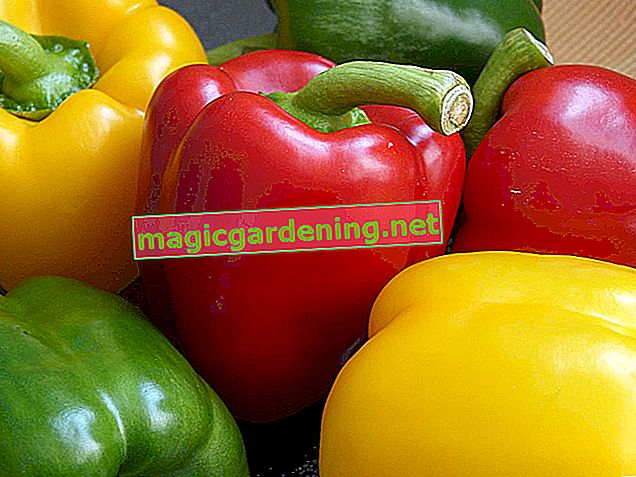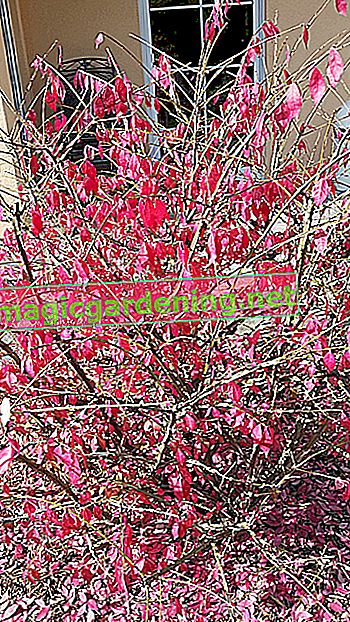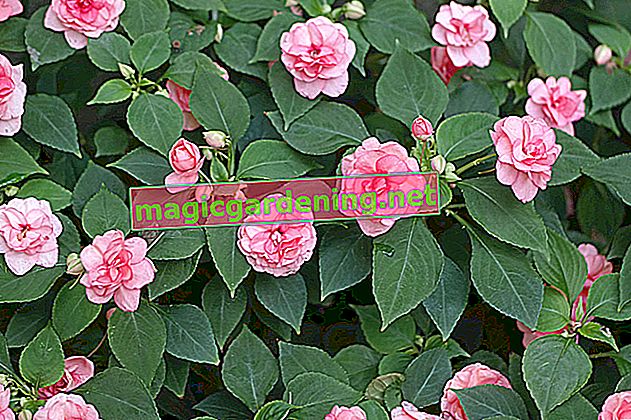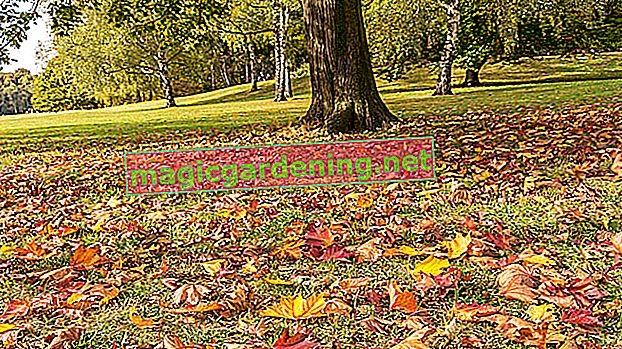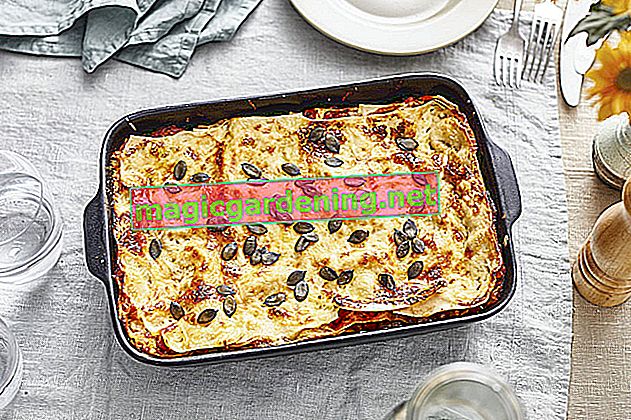
The ideal time window for cultivation opens in April
Schedule a date for sowing in mid-April. If everything goes smoothly, the seedlings will be ready for planting in the bed and on the balcony exactly 4 weeks later. From mid-May, there is no longer any threat of frosts that damage pumpkin plants.
also read
- When does the pumpkin planting season begin?
- Simply sow the pumpkin
- Score double points with a pumpkin on the balcony
Sensible preparation improves the germination mood
By nature, seeds that thrive in a fruit are sprout inhibited. With the help of targeted pre-treatment, you activate the seeds and put them in the best mood for germination.
- Roughen hard-shell seeds with a file or emery paper
- then soak in lukewarm water for 24 hours
- start sowing without further delay
If you are aiming for a particularly robust variety or species, we recommend the following pretreatment: You can purchase 3 percent potassium nitrate in the pharmacy. Soak stubborn seeds in it for 12 hours at room temperature.
Correct pumpkin sowing step-by-step
Once the pre-treatment has been completed, start the actual sowing:
- Fill small growing pots (14.90 € at Amazon *) with nutrient-poor seed soil, peat sand or coconut fibers
- Insert one seed approx. 1-2 cm deep
- moisten with lukewarm water from the spray bottle
- cover each pot with foil or glass
The shortest germination time can be achieved in a partially shaded location at 25 degrees Celsius. After just 1 week, life starts to stir in the seeds and the cotyledons sprout. Now place the pots a little lighter and cooler at 18 degrees Celsius.
In the next 4 weeks you can admire the rapid growth of the seedlings. During this time, keep the substrate well moist. A cover is no longer required at this stage. Cultivation is completed right on time for the start of the planting period.
Tips & Tricks
In the rarest of cases, you will grow the desired variety from seeds you harvest yourself. The majority of all pumpkin plants in culture are hybrids. In this case the cultivation is more like a botanical roulette, because nobody knows which attributes of parents and grandparents prevail. You should therefore only use certified seeds from specialist shops.

